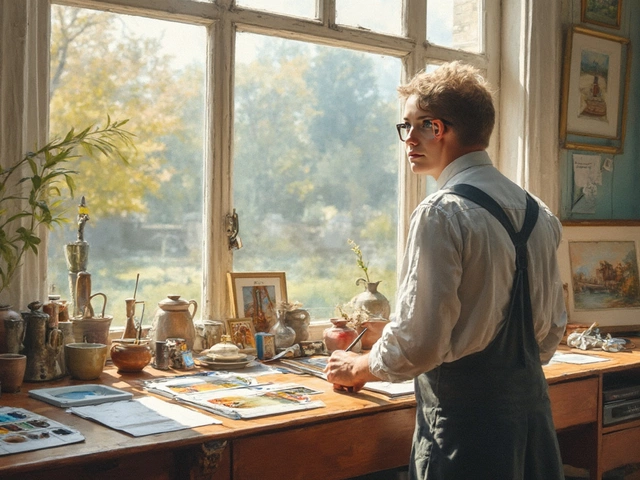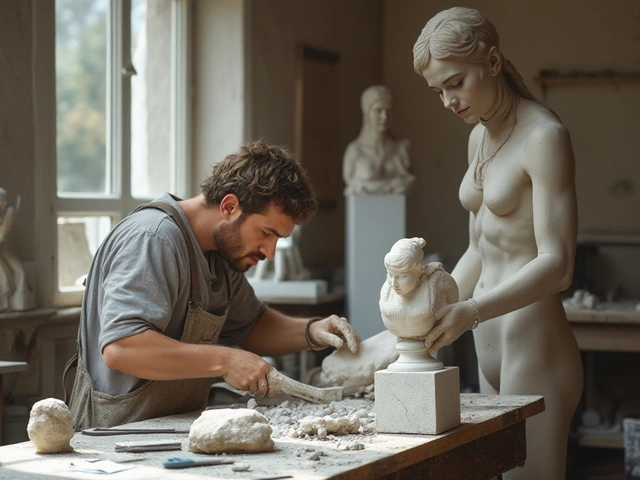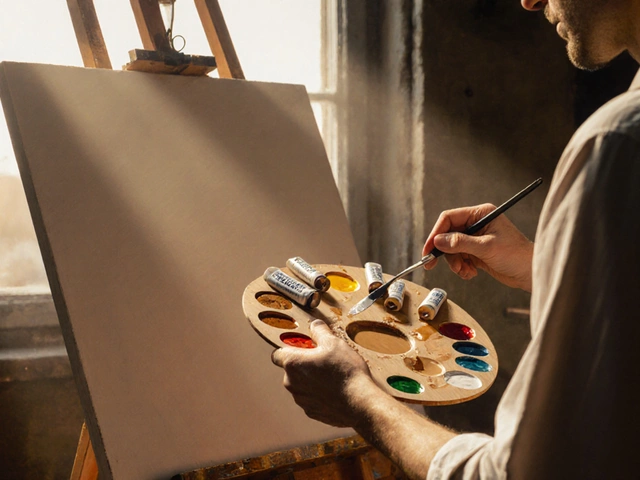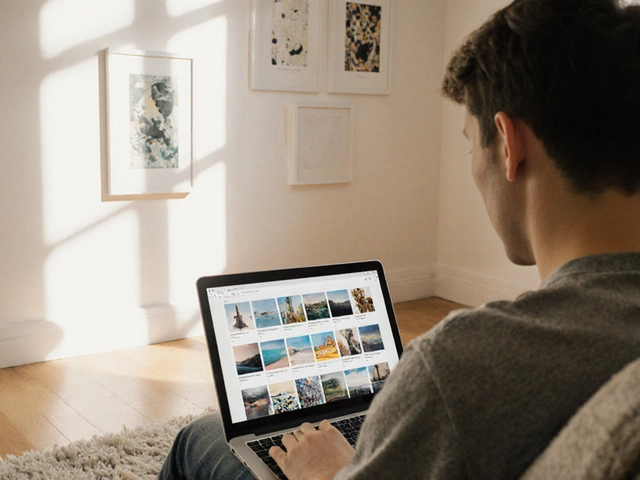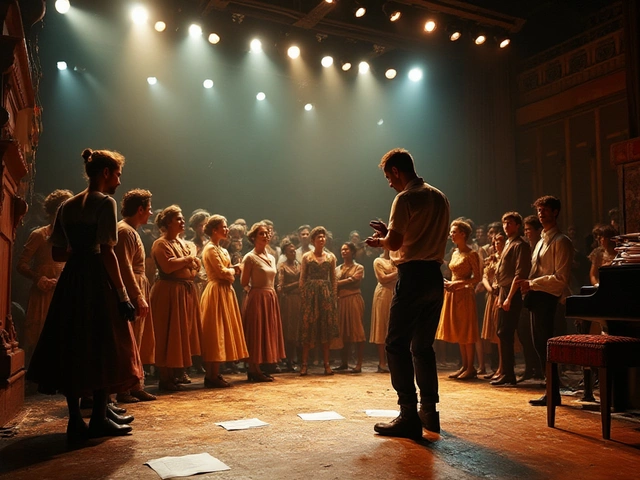Public Art Activism: How Art Fuels Community Change
When working with Public Art Activism, the practice of placing visual art in open spaces to spark dialogue, inspire civic action, and challenge the status quo. Also known as art activism, it blends creative expression with social purpose. Public art activism encompasses Community Murals, large‑scale paintings on walls that reflect local stories and values, requires Collaboration, the coordination of artists, residents, and municipal bodies to plan and execute projects, and is heavily influenced by Street Art, unsanctioned or commissioned works on sidewalks, trains, and façades that often carry political punch. The relationship is clear: public art activism uses street art’s immediacy, community murals’s scale, and protest art’s urgency to create a visual language that resonates across neighborhoods.
Key Forms and Tools of Public Art Activism
One of the most visible strands is Protest Art, graffiti, banners, and installations designed to amplify dissent during rallies or sit‑ins. Artists treat a city block like a canvas, turning protest signs into lasting symbols that keep the conversation alive long after the march ends. Another powerful form is social practice art, where creators embed themselves in community programs, workshops, or festivals, turning the act of making art into a participatory event. Tools range from simple spray cans and chalk to sophisticated projection mapping and eco‑friendly pigments, letting artists match the medium to the message and the environment. When a neighborhood commissions a community mural, the process usually starts with a public meeting, moves through design sketches, and ends with a weekend paint‑on‑the‑spot that brings neighbors together—an example of how civic engagement fuels the whole endeavor.
Why does this matter to anyone strolling through Pembrokeshire’s coastal towns or browsing our site? Because each piece of public art activism blurs the line between creator and viewer, turning passive observers into active participants. The collective impact shows up as stronger neighborhood identity, heightened awareness of local issues, and even tangible policy shifts when a mural spotlights a threatened public space. Below you’ll find guides on everything from getting permission to sketch inside galleries, turning your paintings into digital prints, and monetizing digital art—each article adds a practical skill that can amplify your own activist projects. Dive into the list and discover the tools, stories, and step‑by‑step advice that will help you turn any wall, pavement, or screen into a catalyst for change.
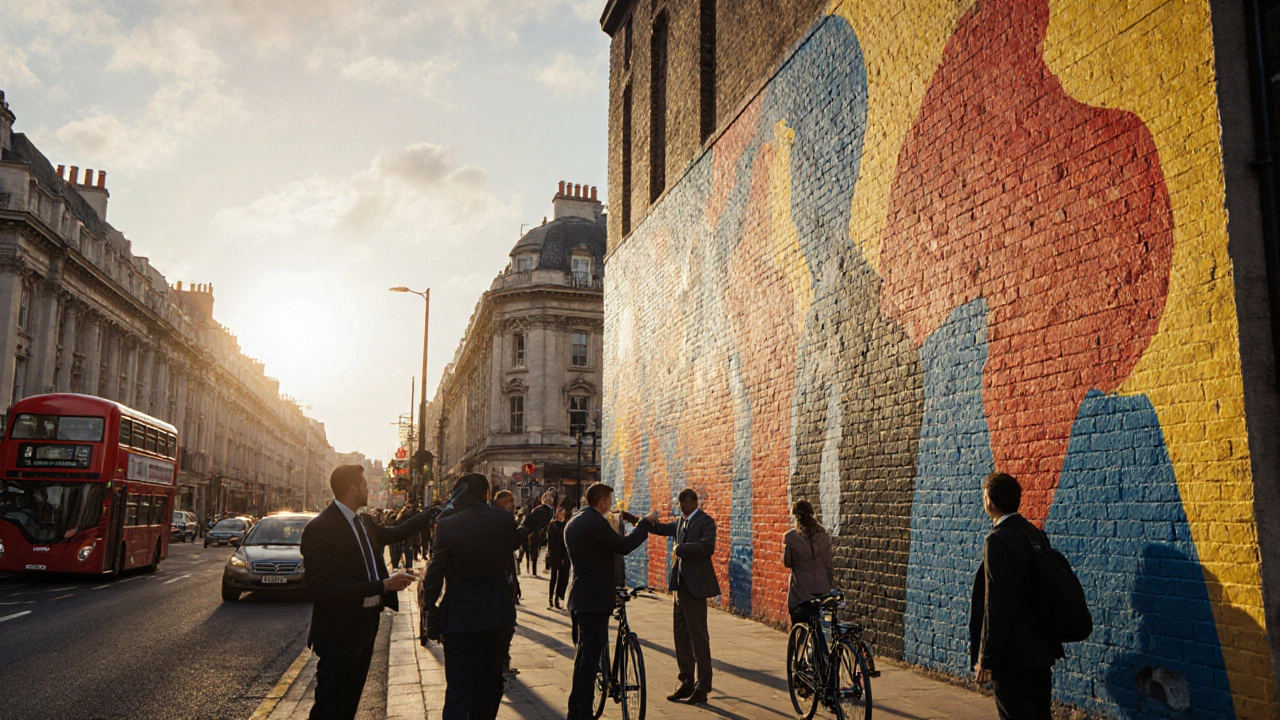
Explore the core purpose of street art, its social impact, legal aspects, and how artists measure success, all with real examples and practical tips.
